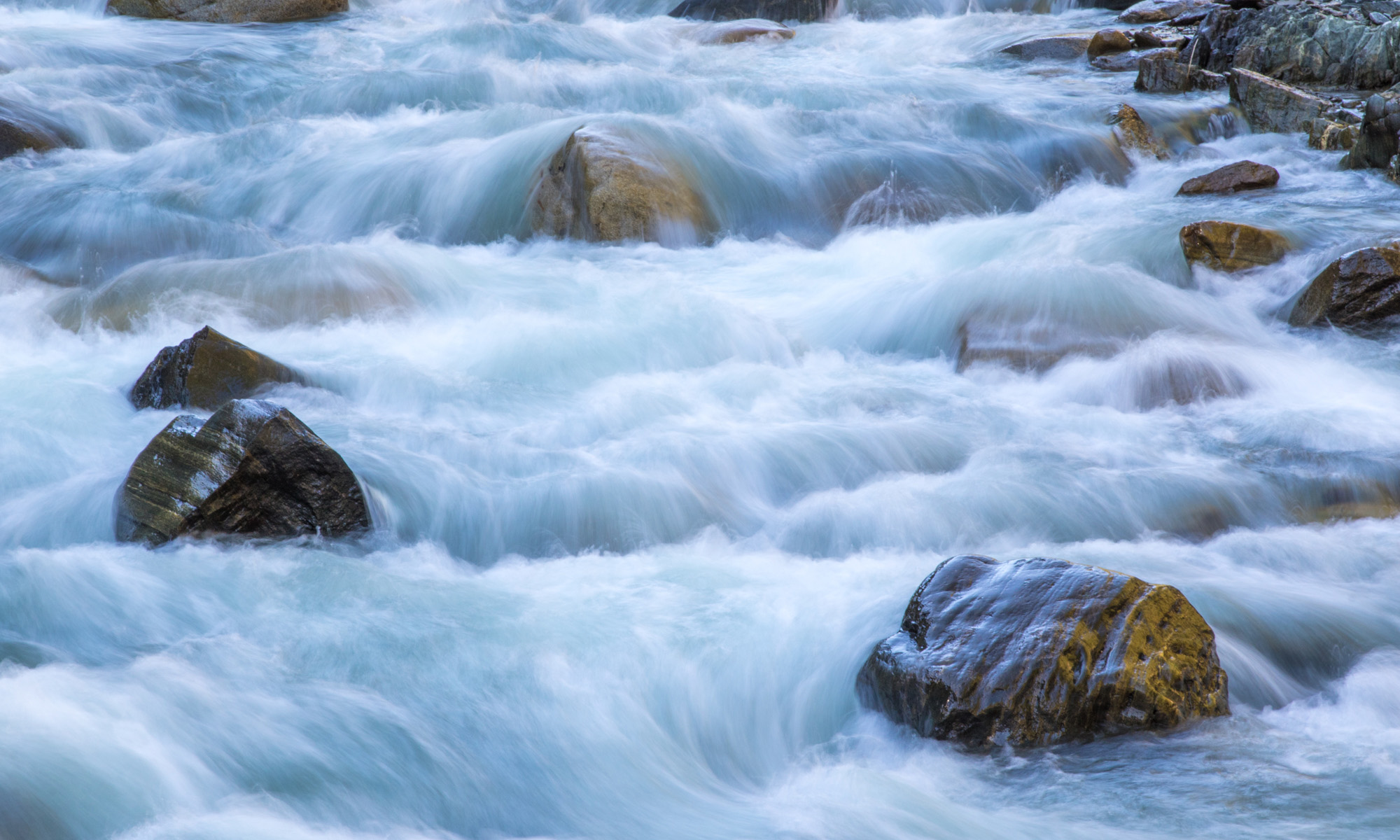Today’s Question: How do you convert an HEIC image to a JPEG?
Tim’s Quick Answer: Many software applications now support the HEIC image format, making it relatively easy to convert HEIC images to JPEG or another file format. So, for example, you could open an HEIC image in Photoshop and choose File > Save As to save as a JPEG, or export the HEIC image from Lightroom Classic to create a JPEG copy.
More Detail: When Apple added support for the HEIC image format (a version of the HEIF format) with the release of iOS 11, support for this file format was extremely limited. Fortunately, that support has improved, especially now that additional cameras are supporting HEIF as a capture format.
The HEIC image format is now supported in Adobe software including Photoshop, Lightroom, and Lightroom Classic. Some software from other companies also supports this relatively new image file format.
As noted above, in Photoshop you can now open the HEIC images and work with them directly, or use the Save As command to save in a different file format. With Lightroom Classic you could import the photos into your catalog, and then use the Export command to export to another file format.
Over time we’ll surely see additional camera models that support the new HEIF format, and additional software will likely add support as well.

